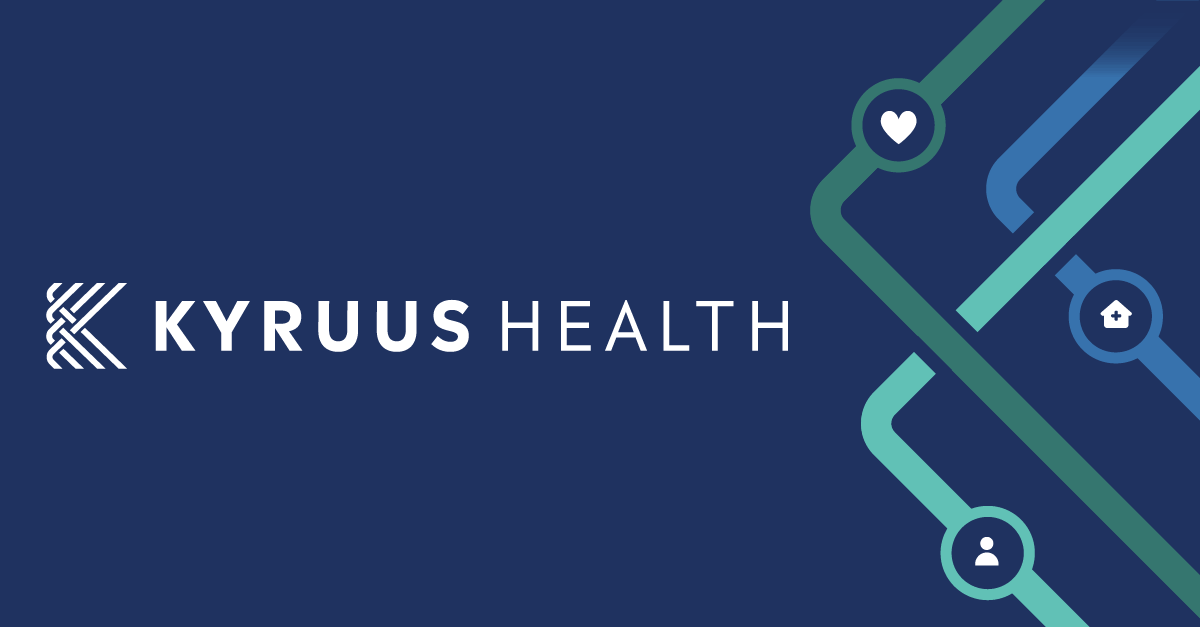After three seemingly unending years, the COVID-19 pandemic is officially over — according to the United States government, at least. No more mandated business closures or remote learning for children under the age of 18.
The pandemic certainly had a dramatic effect on the healthcare industry, from decreasing patient volume to exacerbating the labor shortage. Another consequence, this one likely to cause repercussions for years to come, is the delay of care by many individuals in the U.S.
The percentage of Americans reporting they or a family member postponed medical treatment just last year due to cost rose 12 points in one year, to 38%, the highest in Gallup’s 22-year trend. That’s a troubling statistic, especially because they’re more than twice as likely to report the delayed treatment in their family was for a serious rather than a non-serious condition.
The COVID-19 Effect
Many patients delayed or canceled care, including preventive screenings, during the pandemic. Nationally, more than one in three individuals delayed or skipped care because they were worried about exposure to COVID-19 or because their doctor limited services.
Social determinants of health (SDOH) played a role in who was more likely to avoid accessing care during the pandemic. Hispanic and Black adults delayed or missed out on care in 2020 at rates considerably higher than those of White adults, and a higher proportion of those with a lower income (below $50,000) reported delaying care in 2021.
Existing health issues also determined a higher population of individuals who delayed care, with patients with underlying conditions and overall poor health being more likely to avoid seeing their physicians, both those in primary care along with specialists. No wonder, then, that physician practices reported a 55 percent decrease in revenue and a 60 percent reduction in patient volume on average.
Common Causes of Delayed Care
A global pandemic is not the only reason patients delay or avoid care. There’s a lack of access to convenient care, deficient price transparency, and even poor patient flow. Some patients deal with transportation barriers, while others cite difficulty scheduling an appointment or a long wait time for one as the reason they postpone care.
Probably the biggest factor in patients delaying visits with their physician(s) is the high cost of healthcare in the U.S. According to a Gallup poll:
- A third of those surveyed say their family couldn’t afford care in the past year.
- One in four say care was deferred for a serious medical condition.
- Roughly 33 percent report delaying care for a less serious illness.
- Lower-income adults are more likely to say they delayed care.
You might be surprised to learn that younger Americans are more likely to say they delayed care because of cost.

Consequences of Delayed Care
The consequences of delayed care don’t only result in reduced patient volumes for medical groups and other healthcare providers. Among Americans delaying care during the COVID-19 pandemic, roughly 55 percent reported experiencing adverse health consequences as a result.
In general, delayed care, including preventative screenings and procedures, has the potential to increase morbidity and mortality associated with both chronic and acute health conditions, amplify risk associated with preventable medical conditions, and increase the likelihood of late-stage diagnoses. When a disease is not detected until it has progressed beyond regular management, many patients end up with not only worse health outcomes but also higher medical costs.
An example of the consequences of delayed care was outlined in a study published in The BMJ about delayed breast cancer treatment. The study found that an eight-week delay in breast cancer treatment increased the risk of death by 17%, and after a 12-week delay, mortality rates jumped to 26%.
Answering the Delayed Care Dilemma with Digital Health Tools
Telehealth and other forms of virtual care helped maintain some patient volume during the COVID-19 pandemic, and remote patient monitoring enabled physicians to accurately monitor the symptoms of those with chronic diseases for whom they’re responsible for treating. Both technologies enabled patients who want to be involved in their care to take a proactive role in doing so — without risking contracting the contagious virus.
Other digital health tools continue to be used to enhance care planning and delivery while promoting safer yet still high-quality care. They aid in closing gaps in care while helping patients save money on future services and procedures — including those who previously delayed or avoided care.
The most effective digital health technologies reach patients to coordinate care by understanding consumer needs and preferences. They enable patients to take control of their care, including ensuring data accuracy and security by using HIPAA-compliant digital check-in to register for an appointment. Or, they can utilize convenient patient online scheduling to find an appointment time that works best for them. Plus, they can achieve all of this without spending too much time in a crowded waiting room.
For more information on some best practices to use to engage with your patients with a history of delayed care, check out Kyruus’ guide to Successful Online Scheduling in 5 Steps. Or, schedule a meeting with a member of our team!
Sources: https://www.chcf.org/blog/some-dire-consequences-delaying-care-pandemic/ https://www.ncbi.nlm.nih.gov/pmc/articles/PMC9254505/ https://mgma.com/getattachment/9b8be0c2-0744-41bf-864f-04007d6adbd2/2004-G09621D-COVID-Financial-Impact-One-Pager-8-5x11-MW-2.pdf.aspx?lang=en-US&ext=.pdf https://news.gallup.com/poll/468053/record-high-put-off-medical-care-due-cost-2022.aspx https://news.gallup.com/poll/269138/americans-delaying-medical-treatment-due-cost.aspx https://jamanetwork.com/journals/jama-health-forum/fullarticle/2774358 https://fortune.com/2023/02/21/pandemic-irreversibly-changed-america-health-care-system-consequences-delayed-care-edelman-mussallem/ https://www.pcpcc.org/2020/05/06/primary-care-covid-19-week-8-survey



